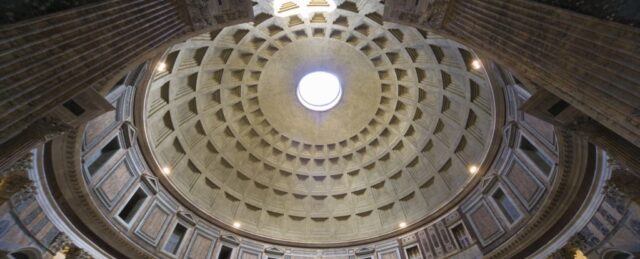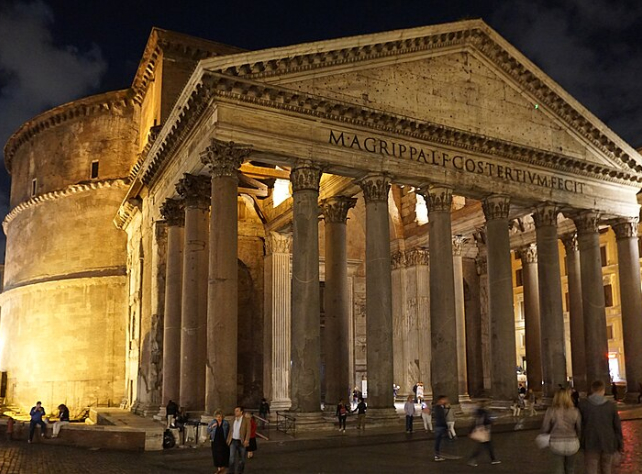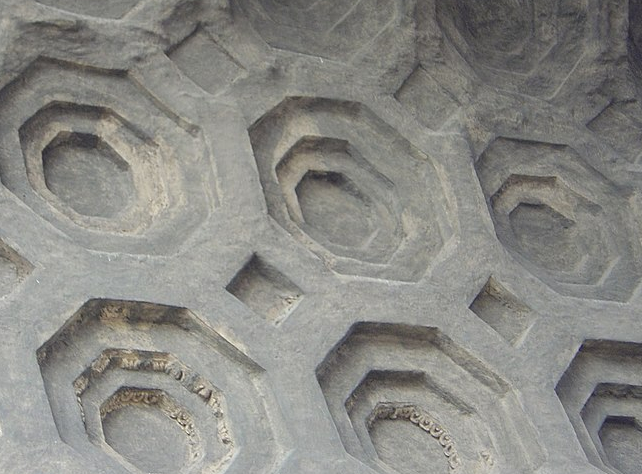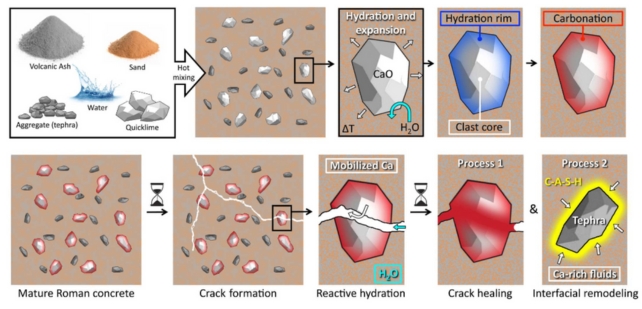
For centuries, scientists have marveled at the remarkable durability of Ancient Roman concrete. Structures like the Pantheon, which boasts the world’s largest unreinforced concrete dome, and aqueducts that still stand today, showcase its resilience. What made Roman concrete so much stronger than modern-day versions?

The Key Ingredients: Volcanic Ash & Lime
Unlike today’s concrete, which primarily relies on Portland cement, the Romans used a special mixture of pozzolana (volcanic ash), lime, and water. This combination gave their concrete superior strength and resistance to cracking over time. But researchers at MIT recently uncovered a game-changing secret behind its longevity: a method called “hot mixing.”

The Secret of “Hot Mixing”
In modern concrete, lime is pre-mixed with water before being added to the mixture. However, the Romans used quicklime (calcium oxide) and mixed it at high temperatures with their volcanic ash and water. This process caused the formation of small lime clasts—white mineral chunks previously mistaken for poor mixing.
How This Made Roman Concrete Self-Healing

When cracks formed in the concrete, water seeped into these lime clasts, triggering a chemical reaction that produced calcium carbonate. This reaction naturally “healed” the cracks, preventing further damage. Modern tests confirmed that Roman-style hot-mixed concrete could repair itself within two weeks, whereas standard concrete remains permanently damaged.
A Lesson for Modern Construction
By studying Roman engineering, scientists hope to develop longer-lasting and more sustainable building materials. Some companies are already experimenting with modified concrete formulas inspired by hot mixing, which could revolutionize construction by reducing repair costs and environmental impact.
Could the ancient Romans hold the key to the future of modern infrastructure? With their innovative techniques, they may have built more than just monuments—they may have left behind a blueprint for a more resilient world.
Sources: ScienceAlert, GreekReporter, BDC, DailyGalaxy, NDTV.



